The stirrups are in patinated raw iron with arabesque motifs in silver Hirazogan inlay on the underside and “Kamon Sakura” (cherry blossom) motifs on the top. This type of Albumi was popular among the Samurai of feudal Japan.
The Abumi, the Japanese stirrups, were used in Japan as early as the 5th century, by the samurai class of feudal Japan. The Abumi were a piece of equipment, along with the Japanese saddle (Kura), essential for riding.
The stirrups (they entered with their entire feet) were attached to the saddle, shaped so as to allow water to flow since they had to cross many rivers, torrents… during the fighting. The military version of this open stirrup, called the Shitanaga Abumi, was used in the middle of the Heian period.
They were slimmer, had a deeper toe box, and the even longer, flatter footplate. It is not known why the Japanese developed this unique style of caliper, but this caliper remained in use until the introduction, at the end of the 19th century, of European style calipers.
The Abumi had a very distinct swan shape, curving up and back and allowing a leather strap to be passed over the instep, so the rider could maintain good balance.
Most of the Abumi survivors of this period are made entirely of iron, inlaid with designs in silver or other materials and covered with lacquer. In some cases, an iron patch near the heel prevented the foot from slipping. The stirrups called "Suiba Abumi" are sometimes perforated to let out the water, when crossing rivers. There are also stirrups with a hole in the front to allow the shank of a spear or banner to be slid in.


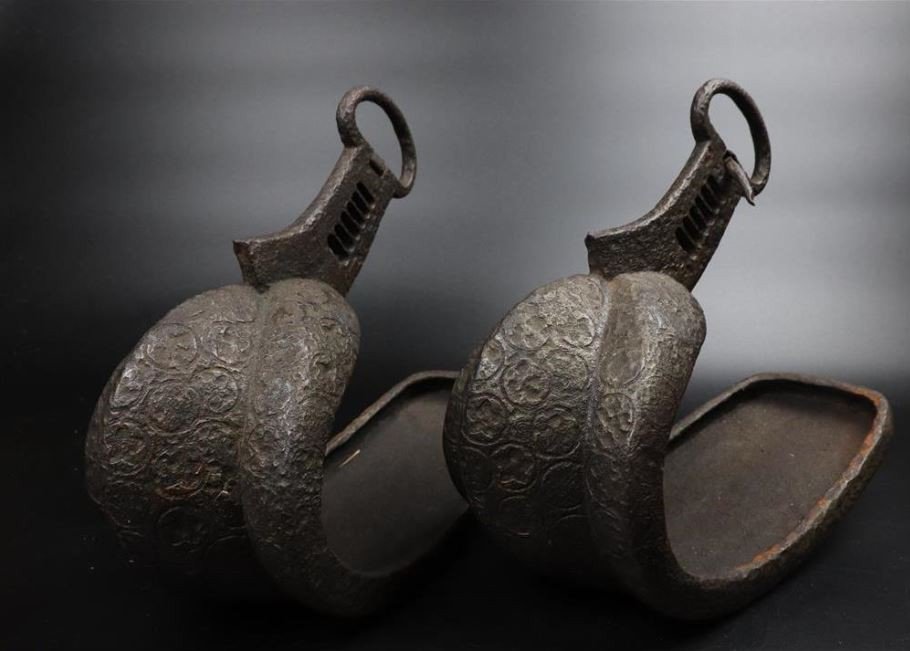
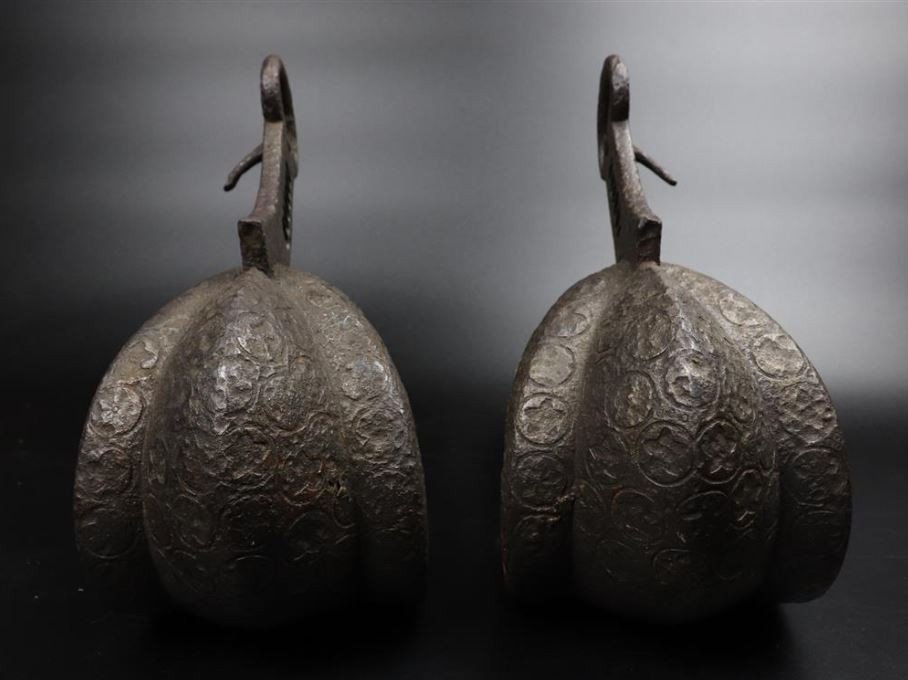
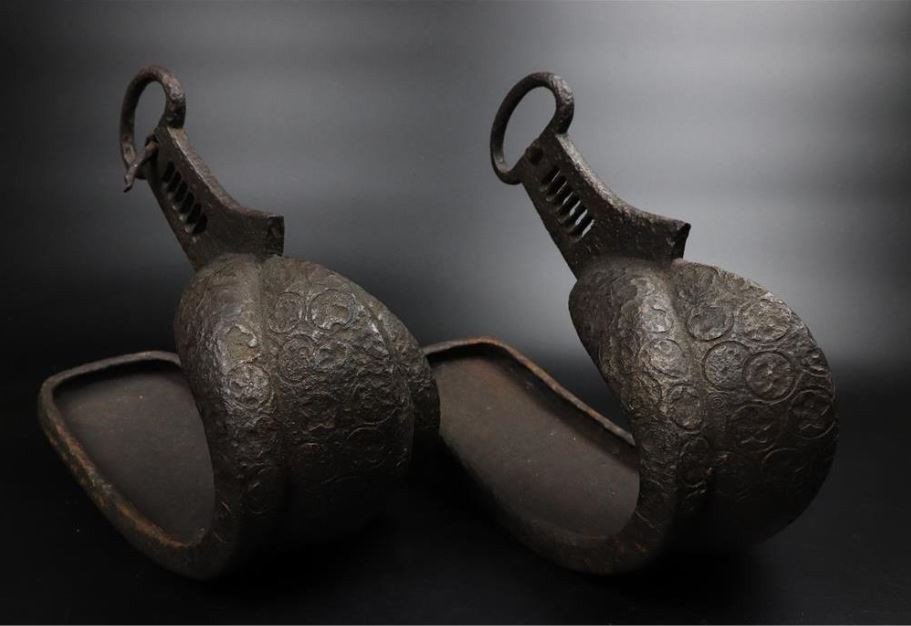
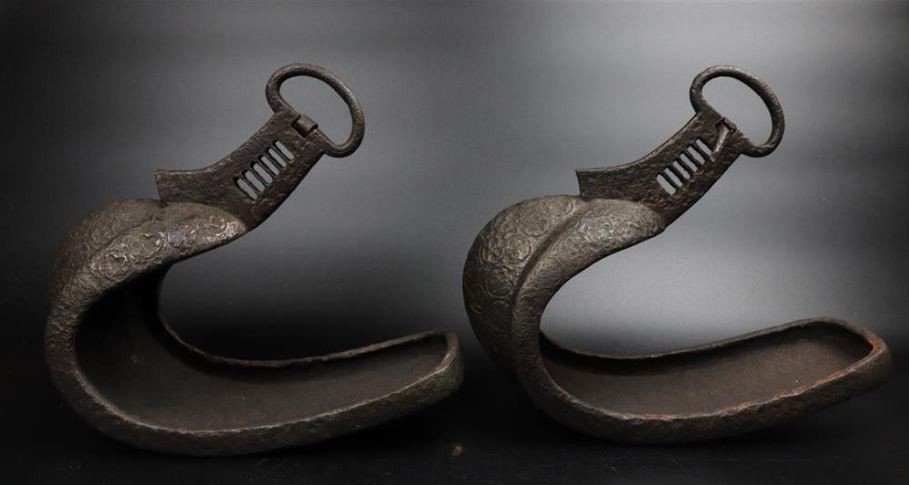
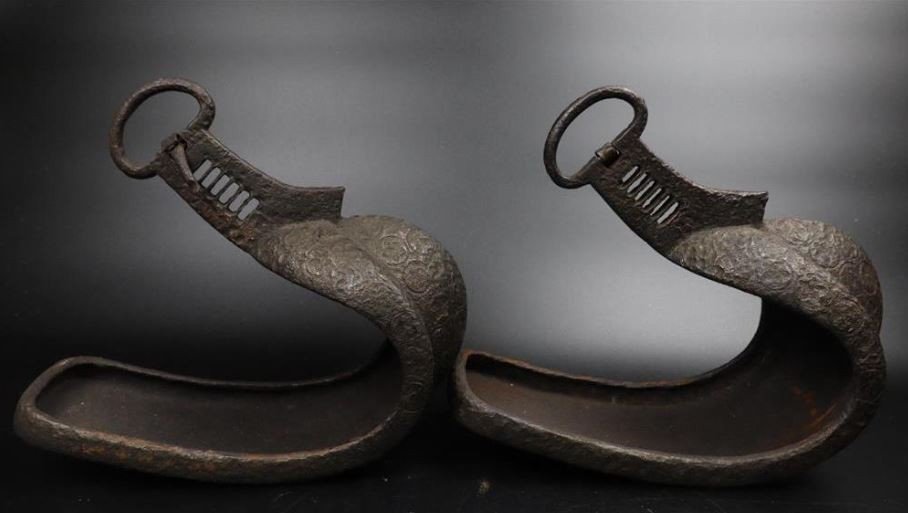
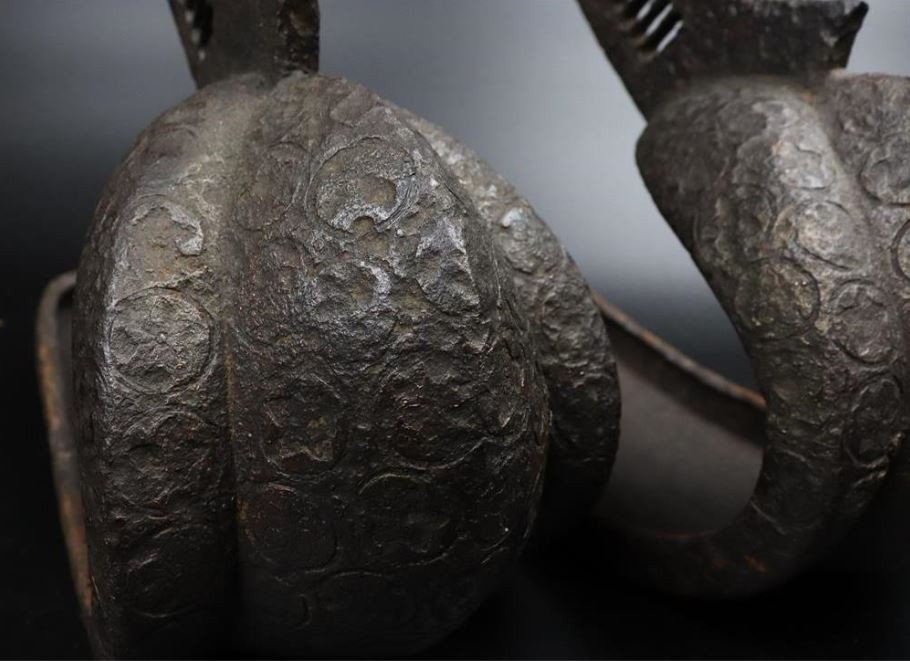
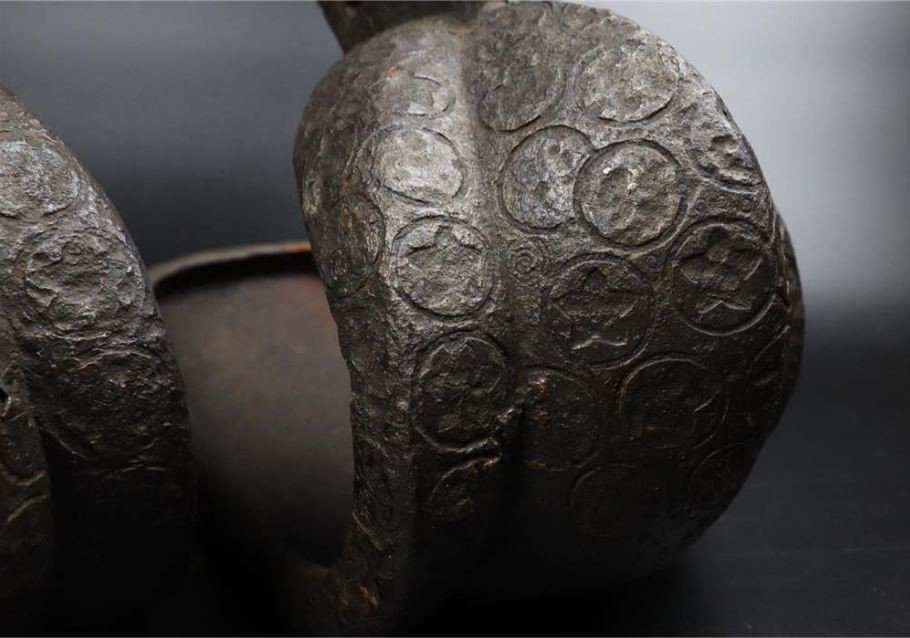
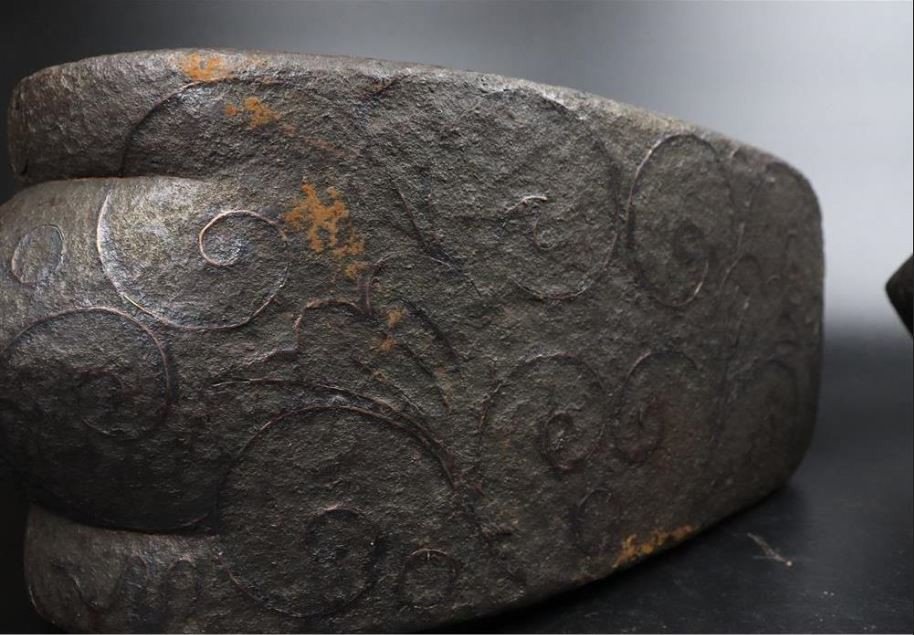
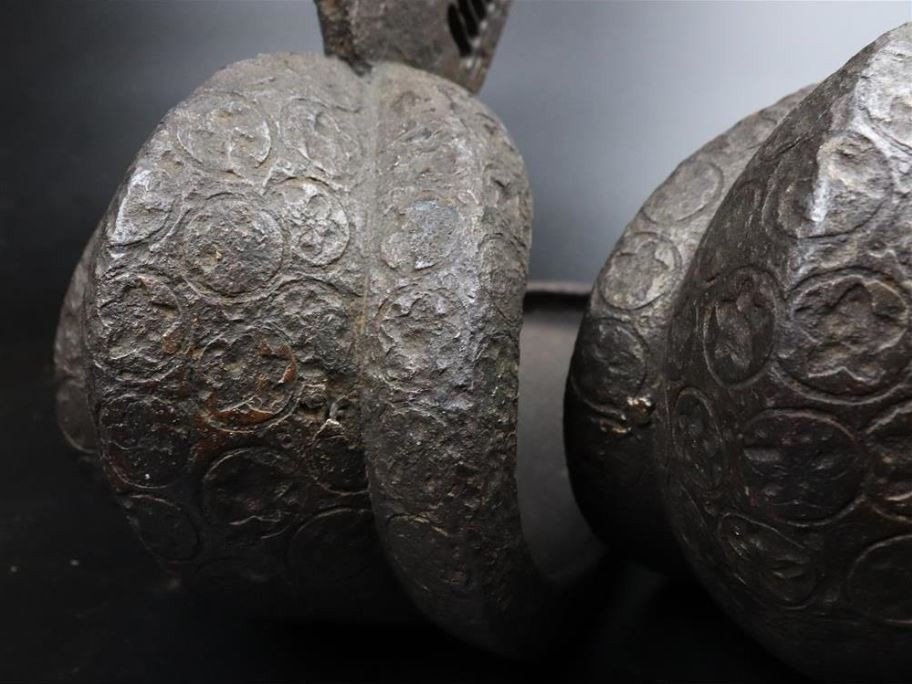
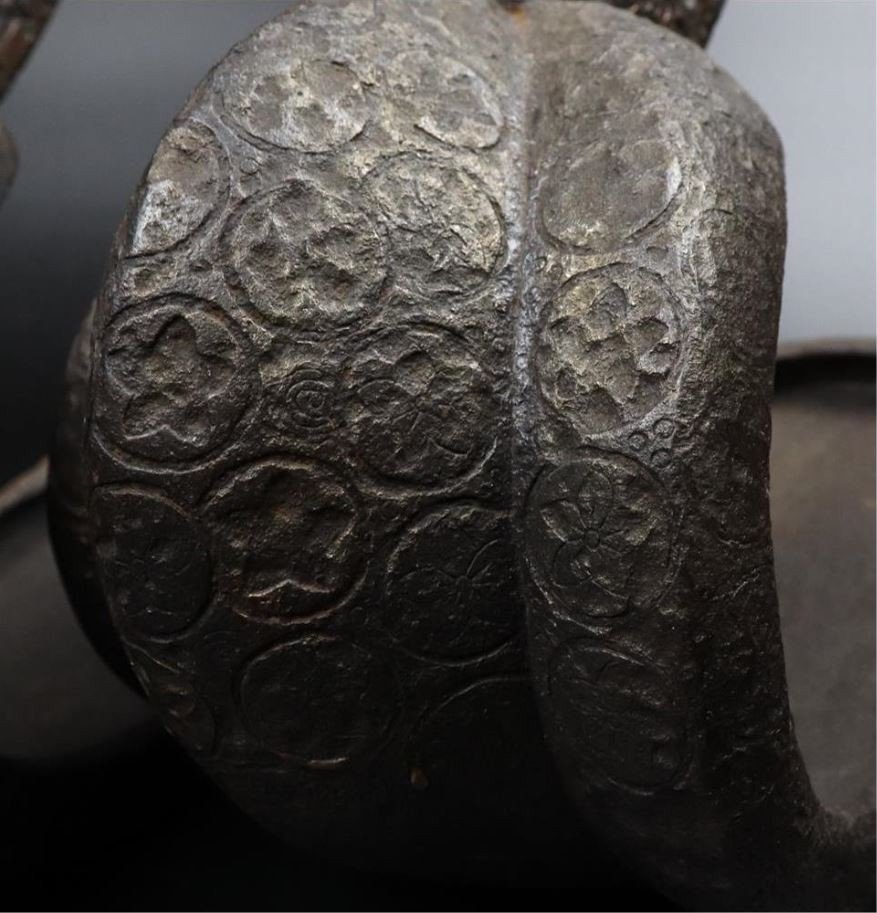
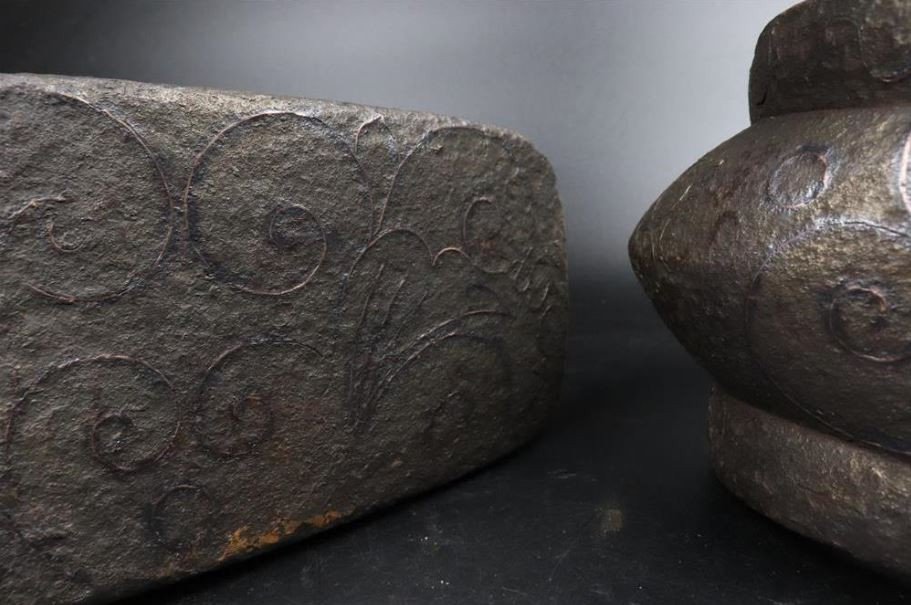
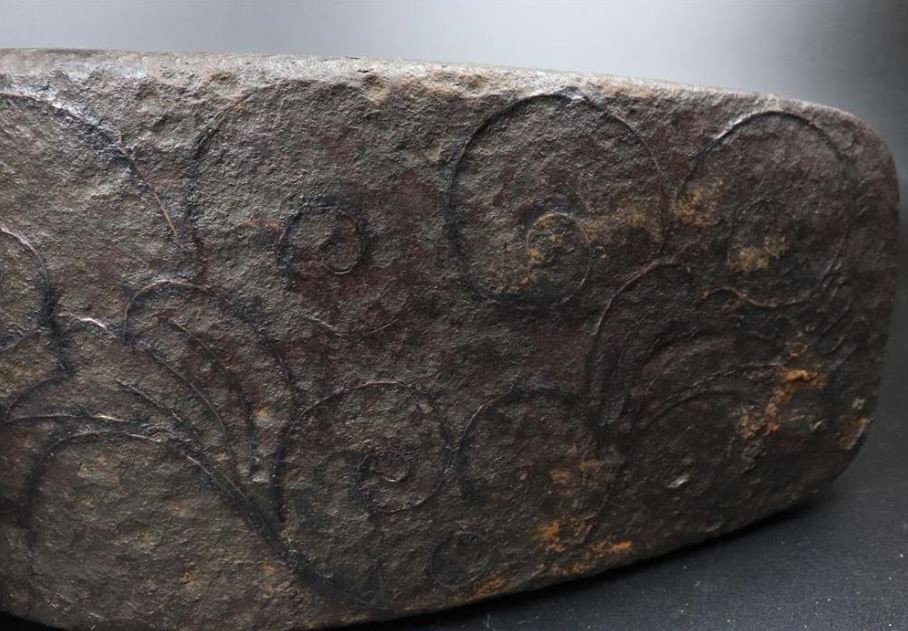













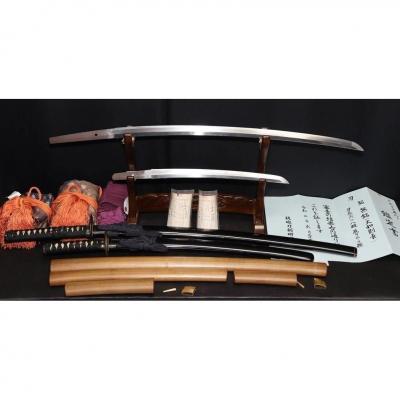
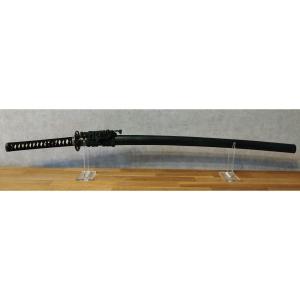
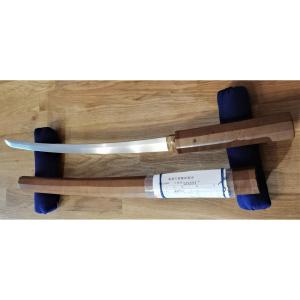


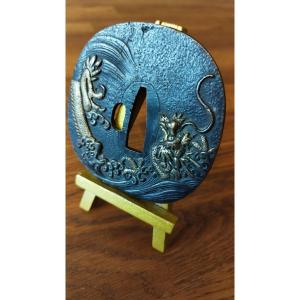

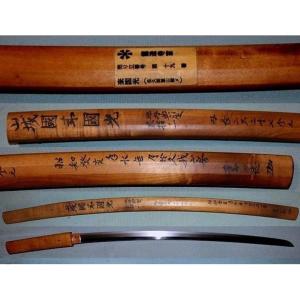
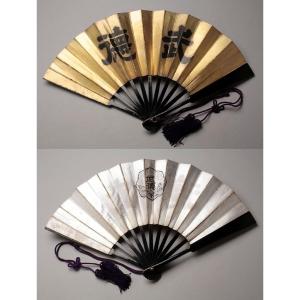
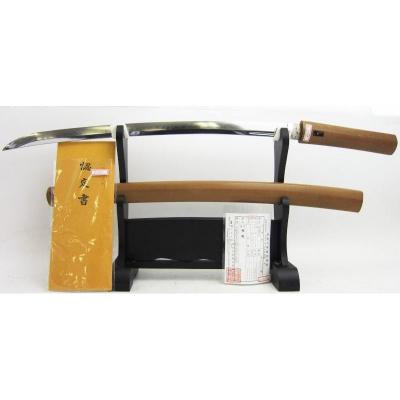

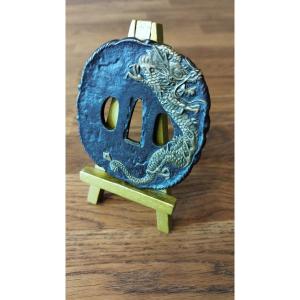

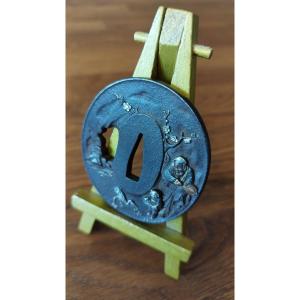
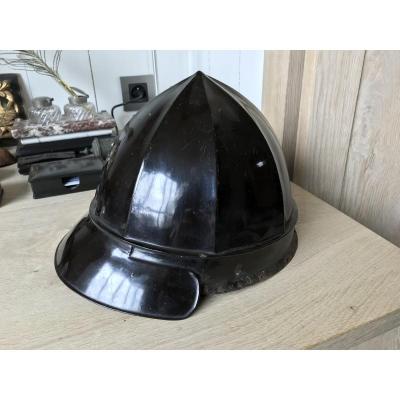

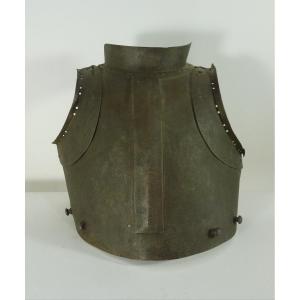

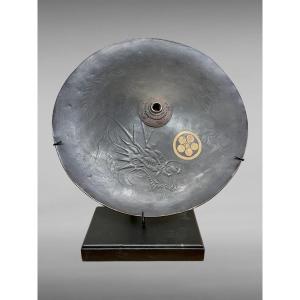



 Le Magazine de PROANTIC
Le Magazine de PROANTIC TRÉSORS Magazine
TRÉSORS Magazine Rivista Artiquariato
Rivista Artiquariato